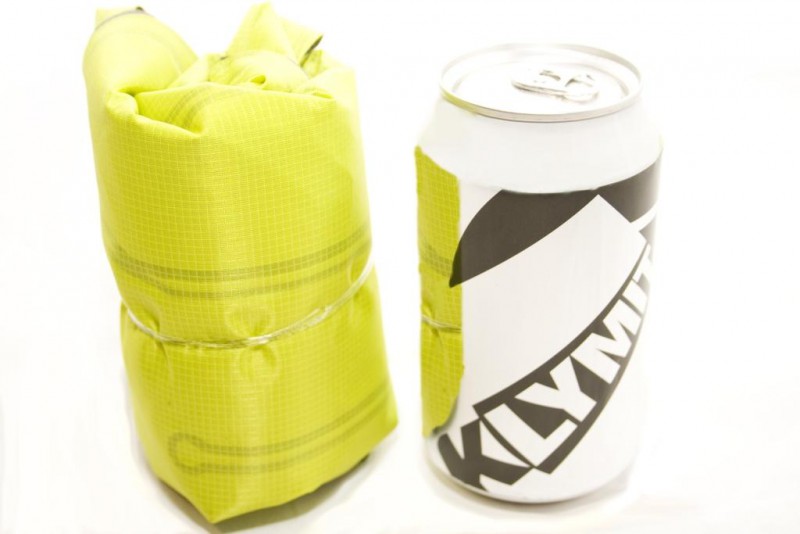This weekend I forgot my expanded-foam sleeping mat and was cold during the night. The environment was an autumn forest.
There were plenty of dry fallen branches. However, I couldn't work out a way to make a soft bed of them. Instead, I imagine they would have pierced my sleeping bag.
This was not a protected area, so I could have lit a fire with the wood and heat some stones, which then to berry in the ground and sleep over them. I estimated this procedure would take up around an hour - much more than I was willing to spend.
I proceeded in the obvious way - began gathering leaves. It turned out that dry leaves are exceptionally good at trapping moisture. Only the very thin top layer of leaves was dry. I gathered for 5-10 minutes, but the result was unsatisfactory. In the morning, the leaves that I had gathered, were less than 1cm thick.
Another motivation for this question is that if a good enough answer is recovered, I would be able to ditch the bulky sleeping mat when mountain biking.
In a spring, summer or autumn temperate forest, using a knife, rope, sheet of plastic and the surrounding natural materials, how can one quickly construct a replacement sleeping mat?


